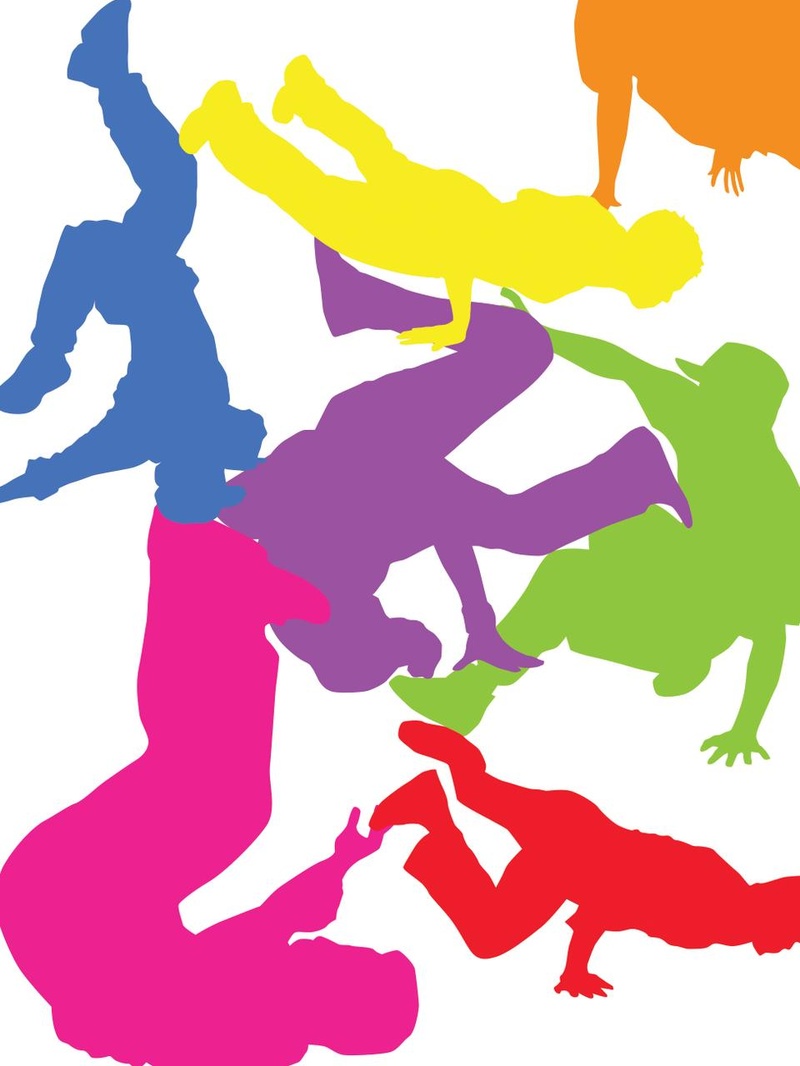Arthur M. Shepherd doesn’t spend much time at home, which for him is an RV parked behind South Station. Most days, the middle-aged man drags his acoustic guitar and a plastic folding chair into Boston’s Dewey Square to serenade Occupiers and visitors with tunes like the Beatles’ “Can’t Buy Me Love.” He’s become a fixture at least as permanent as the tarps blanketing the plaza since early October. “I don’t consider it performing,” says Shepherd. “I’m just playing songs.”
Shepherd took some music classes in college, though he was a philosophy major. He enrolled in graduate school for social work—to make his mother happy, he says—and stopped playing music for 10 years. “I should’ve been sent to hell right then and there for that decision,” he says. But he’s gotten back into it over the past year or so. Today, it’s a way for him to be involved in the Occupy movement, which he sees as a “product of tyranny” that will remain until “economic equilibrium is restored.”
For Shepherd’s form of street performance, there’s one big problem: it’s getting cold in the Northeast. The freak snowstorm around Halloween was a dismal portent for many protesters, 10 of whom was hospitalized for hypothermia in New York. According to Occupy Boston’s website, there was supposed to be a winterizing meeting on Sunday, November 13, at 2 p.m. It never materialized. Volunteers asked about it weren’t sure what to say. Shepherd isn’t facing hypothermia, but he is nervous about the difficulty of playing a string instrument in the bitter cold.
This predicament is natural. Throughout Boston—in parks, around plazas, aside the turnstile at the T—street performers wage a daily contest between themselves and their surroundings. Accidents in weather are only one unknown variable that street artists must confront. They are captives to circumstance, most obviously an early snowfall or sudden downpour, but more critically a police rebuke or an indifferent audience. In fact, circumstance is part and parcel of street performance. Rather than escaping random contingencies, the artists must instead work within them. They must work with the limitations of their stage in order to complete a successful show.
AUDIENCE YAKKING
An hour or two later on November 13, six blocks down Congress Street and a little to the west, other acts begin and other audiences take shape. Boston’s Faneuil Hall, a historic meeting hall and marketplace near the waterfront, hosts in an outdoor square a continual rotation of artists, from juggler Giles the Jester to the Eric Royer One Man Band. Jermaine R. Carter is a drummer of the pots-and-pans type, and a regular. A small group has formed around him and his set one Sunday afternoon, on the downtown side of the building, before a policeman approaches. He whispers in Carter’s ear and points behind Carter at a spray-painted red line that circles the building. The zoning laws have changed: performers hosted by Faneuil Hall must remain within a few meters of its walls. By the time Carter moves everything behind the line, the audience has dispersed. It takes a few minutes before others slowly regather.
Carter’s music depends on the venue. When he’s booked for shows, he has a routine he usually follows. “But here I kind of freelance,” he says, contrasting such shows to his street performances, “so I can do what I want.”
As in other careers, most street performers are part of a network of fellow professionals—a social aspect often lost, perhaps, in the mythic idea of the solitary musician, his open case bathed in moonlight and strewn with quarters. “There’s a whole group of us in the city,” says Carter. “Some of us mingle with each other, some of us don’t.” As he packs up his set, he mentions that he’s about to join up with another drummer. “I kind of showed him the ropes out here,” he adds.
Though Carter is originally from Boston, the job lends itself to an itinerant lifestyle. “When it’s cold,” he says, “I’ll probably be in a tropical climate.” If not, he goes to Miami, or, if he’s lucky, out West. If necessary, he’ll stay in Boston and busk on the warmer days.
Around the corner, the ambiance is a bit different. The You Already Know (YAK) breakdancers tell a similar story about seasonal performance. They’ll go to Las Vegas, Los Angeles, or Miami when the Northeast climate becomes too hostile, according to bandleader Universal L. Fair (according to Fair, not a stage name). Here by Quincy Market, the show is self-consciously slicker, more polished, than Carter’s. Maroon 5’s “Moves Like Jagger” blasts from a stereo as the dancers spin and flip. They continually hound the audience to cheer on, yell out, and at one point join in. The crowd is larger than anywhere else by Faneuil Hall, and lingers longer; this is a show, unlike others here, with a definite beginning and end. For a breakdancing troupe, this setup makes sense. To the music, the sole or at least main event in a drum performance, these dancers add visual effects and a prearranged script. This degree of preplanned speech and sensory spectacle means that YAK’s art is as much dance as theater.
“It’s a mix of breakdancing, gymnastics, and acrobatics,” says Fair by way of describing the routine. According to Fair, YAK is currently in its third incarnation; the first generation of dancers started in 1974 or 1975. The training is strenuous, and especially difficult without access to a gym.
However, Fair is dismissive of indoor breakdancing, which he says is “basically like studio dancing.” For Fair, indoor breakdancing is a lesser offshoot of street performance. “They call this [outdoor] type of style freak dancing, and [they] hate it,” he says, “but they don’t even have the right to do that because breakdancing started in the street.” It is not clear that Fair objects to the existence of professionalized indoor breakdancing per se, but rather to its air of condescension, its disdain for street breakdancing as a cruder, less sophisticated art. Fair considers this conception unwarranted: “Everybody learned off of us—that’s the whole thing.”
REBELLION DANCE
Breakdancing is intelligible only when considered in terms of its geographical and formal constraits, and its history in the underground and then in mass culture. For traditional breakdancing, the stage is the sidewalk and pay is dispensed from voluntary audience members into a makeshift collection box. The form’s associations with youth and freedom and urban culture have lent it a rebellious tone since the 1970s. “Hip-hop has become an international vocabulary for young people to express themselves,” said nationally acclaimed author and critic Nelson George in a 2008 interview with web-based knowledge forum Big Think. “And particularly to express their rebellion.” But rebellion is a difficult note to sustain for over 40 years. As breakdancing has crept into mainstream culture, tensions have arisen between its roots and its appropriations. Contemporary breakdancing can still be distinguished from other types of hip-hop dance in its embrace of freestyle over choreography, but in moving away from the street breakdancing has complicated the traditional relationship between space and performer, and performer and audience. As with any street performance, the breakdancer can take advantage of (or be hampered by) the entropy of daily life, which, welcomed or dismissed, shapes every performance into a unique, improvised whole.
Such a space allows the performer to establish a rapport with those watching—however briefly—that destabilizes the barrier between professionals and spectators. On the other hand, the audience can often be quite willing to maintain such a divide. It’s impossible to predict whether an audience will enjoy detached observation or interaction with the performers.
Read more in Arts
Homeless Artists and Students Redefine the House and Home














